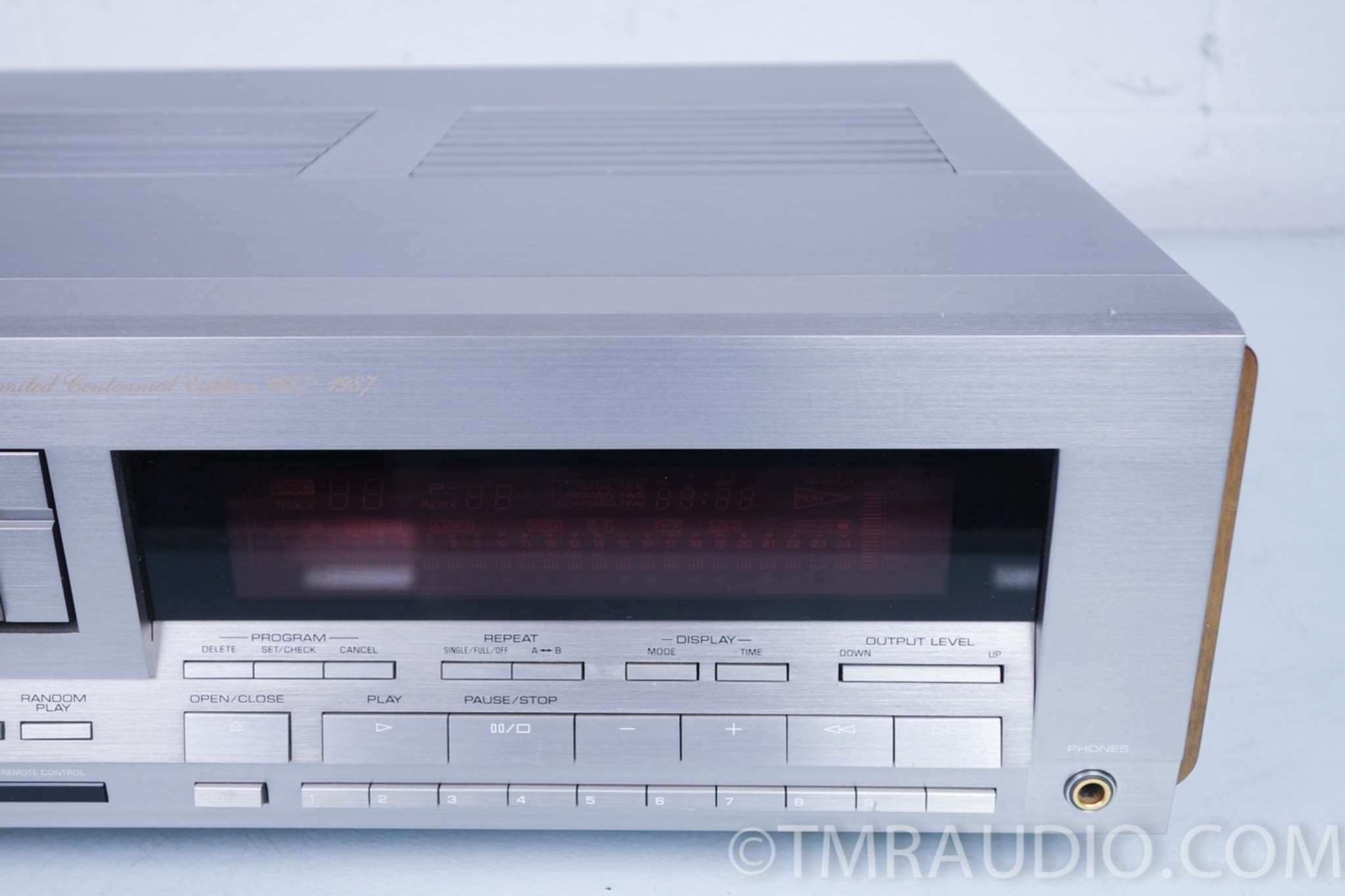


The DS2416 can simultaneously run a total of 26 channels (by default these are mapped as the 16 hard disk audio channels, four effect returns, two external analogue inputs, two external digital inputs, and a stereo master output channel), 104 bands of parametric EQ (four bands for each channel), and 26 dynamics processors.Īll of this, moreover, is accomplished without using up any of your computer's CPU processing power at all, since the processing is all done by the soundcard's DSP chips.
#YAMAHA DISK RECORDER QUICK DISK FREE#
The DS2416 is also free of the limitations faced by some other systems where resources must be shared between the channels - you will never have to decide whether to remove some EQ from existing mixer channels to release enough DSP power to add compression to another, for instance. There are also two on‑board stereo multi‑effect units (based on the Yamaha REV500), and these provide a choice of 12 reverb types, 11 modulation types, two distortions, three dynamics processors, and 12 combination effects. When it comes to playback, however, up to 16 channels of audio can be streamed from your hard drive simultaneously, each with its own internal mixing channel which provides a four‑band parametric EQ, dynamics processor, six aux sends, 10 buss outputs, and comprehensive metering.
#YAMAHA DISK RECORDER QUICK DISK SOFTWARE#
If you are using the DS2416 by itself, you can record mono or stereo audio channels separately to your hard disk at up to 32‑bit resolution (depending on the software you use). On the backplate of the card, therefore, there are just six phono sockets - In L and R (analogue), Out L and R (analogue), Digital In, and Digital Out - although the system can be expanded to provide more external inputs and outputs if required (more on the expansion options in a moment).īy now, however, you may be slightly confused: what's the point of having 24 channels internally if there are so few hardware ins and outs? The secret is in the 02R mixer functions provided by the DS2416's onboard DSP chips. The secret of the DSP Factory's amazing price is that while it provides onboard DSP (Digital Signal Processing) functions that will make many people's jaws drop, the I/O on the basic soundcard has been kept to a sensible minimum. The DS2416 forms the heart of Yamaha's DSP Factory hard disk recording system, and is a PCI soundcard which supports up to 24 channels of digital mixing and 16 simultaneous channels of audio playback from a hard drive. But there's nothing shady about the DS2416 digital mixing card, which will be available from all Yamaha dealers by the time you read this. If you were offered a brand new soundcard for under £600, which not only provided hard disk recording facilities but also contained the inner functions of a Yamaha 02R digital mixer, you might suspect that it had fallen off the back of a lorry. Martin Walker explores a soundcard that's bigger on the inside than it is on the outside. Superficially, it may look no different from other soundcards, but Yamaha's new DSP Factory is a real TARDIS when it comes to facilities.


 0 kommentar(er)
0 kommentar(er)
